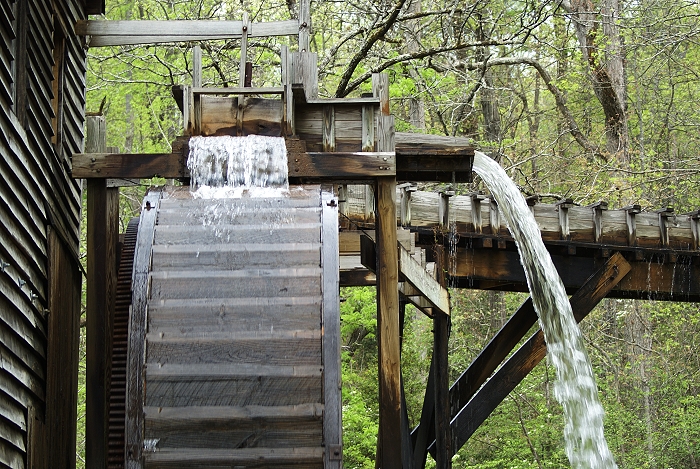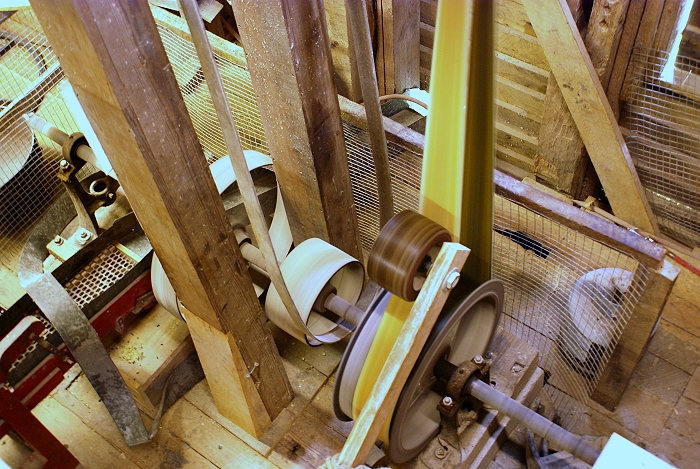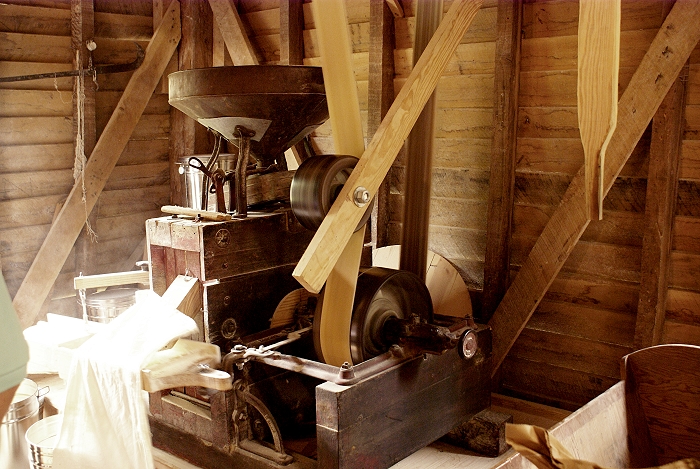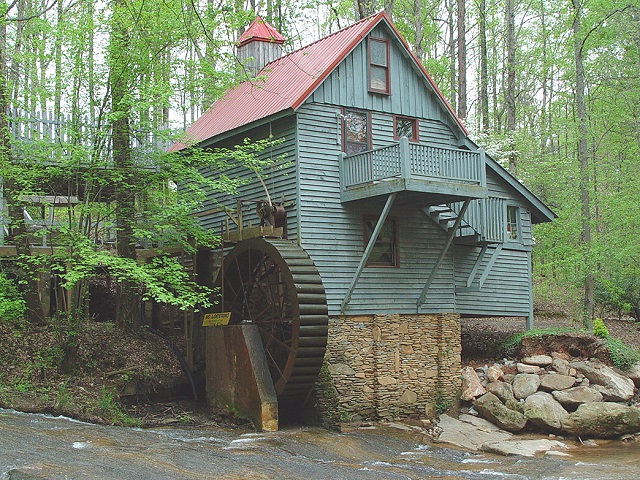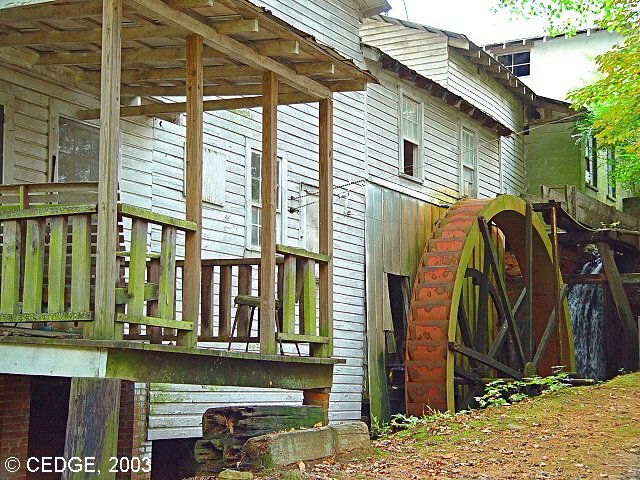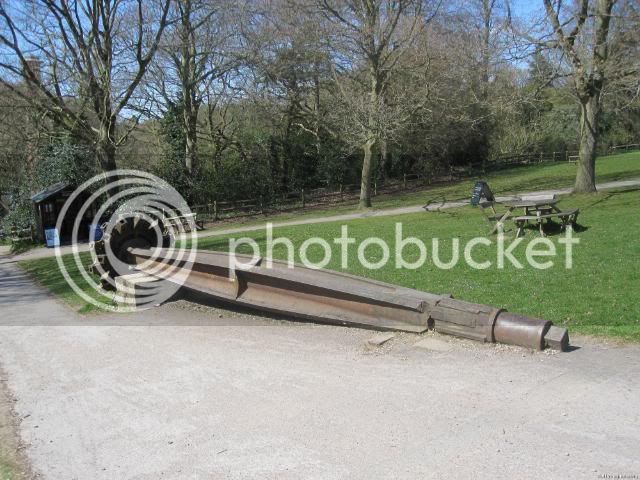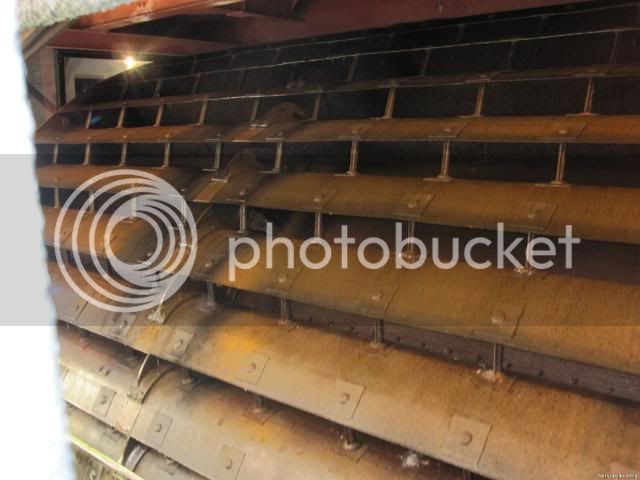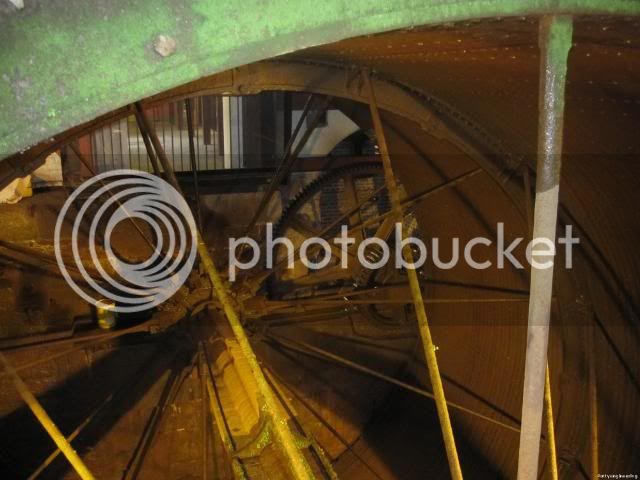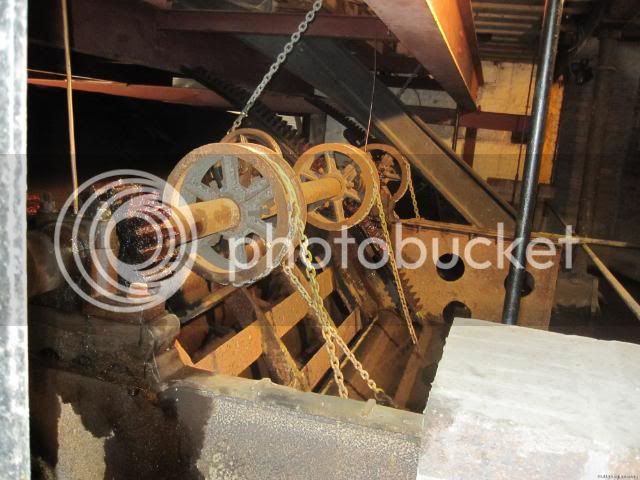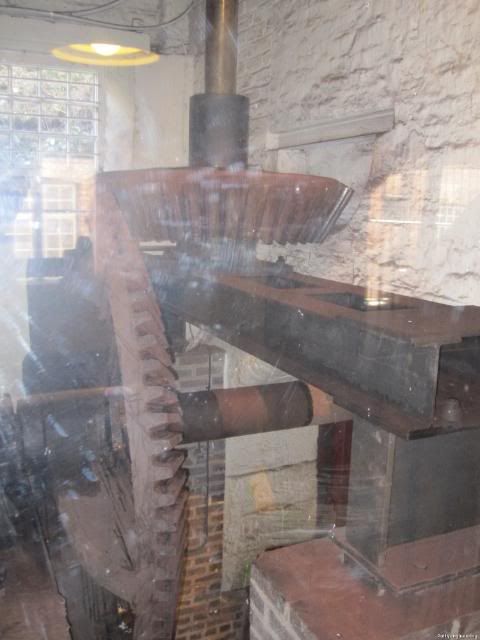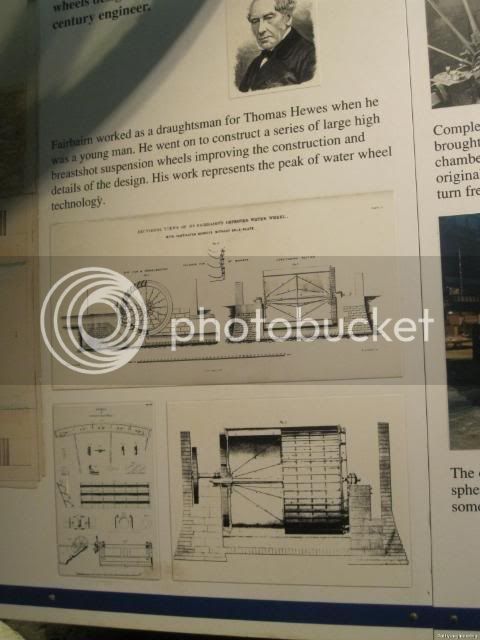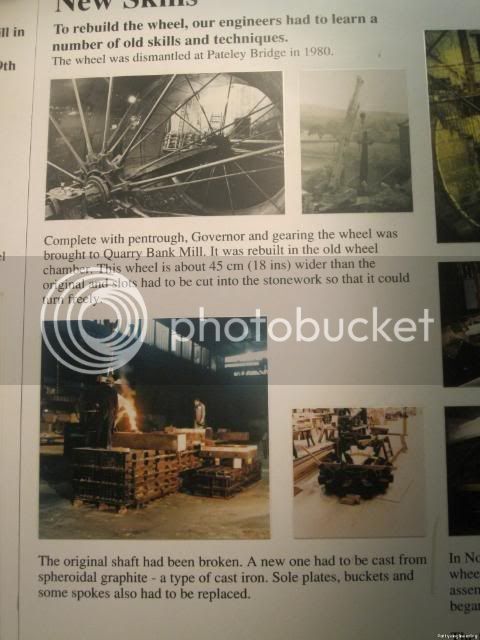Cedge
Well-Known Member
- Joined
- Jul 12, 2007
- Messages
- 1,730
- Reaction score
- 29
Before there were engines, there was still motive power from a non polluting source. I'm a huge fan of old Water Wheel powered grist mills and our area is blessed to have a few of them still in operation. We even have one that is water turbine powered, but it's no longer in actual operation.
Today we visited a small town festival in Pickens SC, where the Hagood mill was relocated and restored for regular public display. I almost left the camera in the car, having shot this mill a number of times. That idea was dead upon arrival as my wife grabbed it and the extra lense, as she exited her chariot.
The day was perfect and with a slight cloud cover, I decided to try for a classic photography trick. By forcing the camera to limit light coming in, and extending the shutter opening to a slow speed, the photos shown below were but a small part of the catch of the day.
Steve



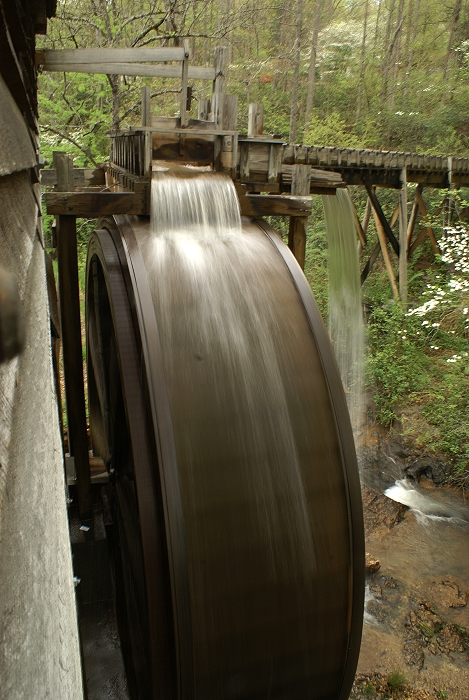
Today we visited a small town festival in Pickens SC, where the Hagood mill was relocated and restored for regular public display. I almost left the camera in the car, having shot this mill a number of times. That idea was dead upon arrival as my wife grabbed it and the extra lense, as she exited her chariot.
The day was perfect and with a slight cloud cover, I decided to try for a classic photography trick. By forcing the camera to limit light coming in, and extending the shutter opening to a slow speed, the photos shown below were but a small part of the catch of the day.
Steve









